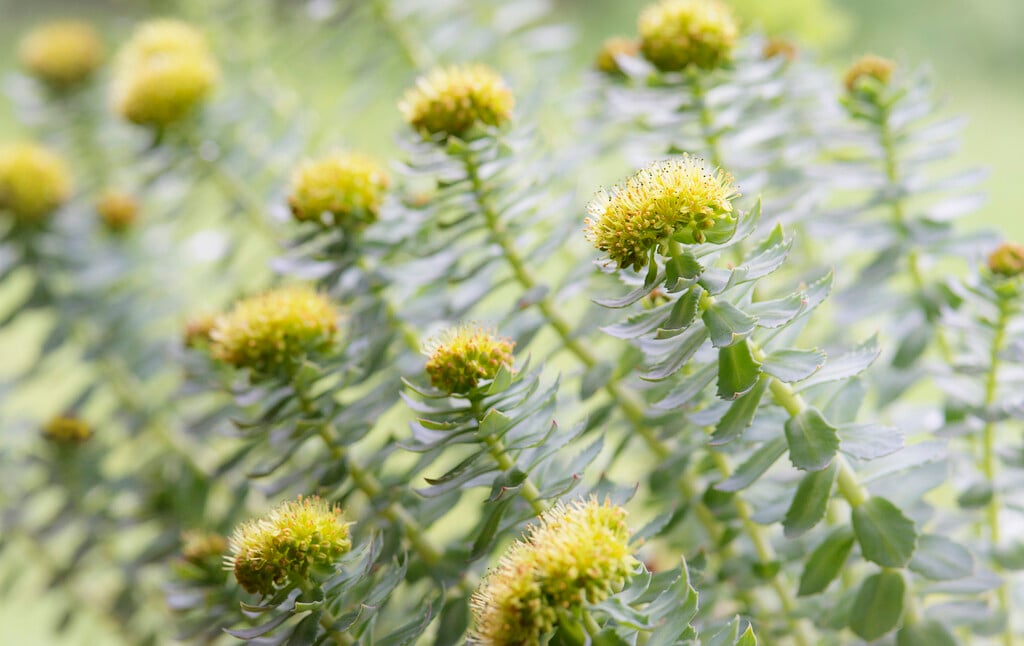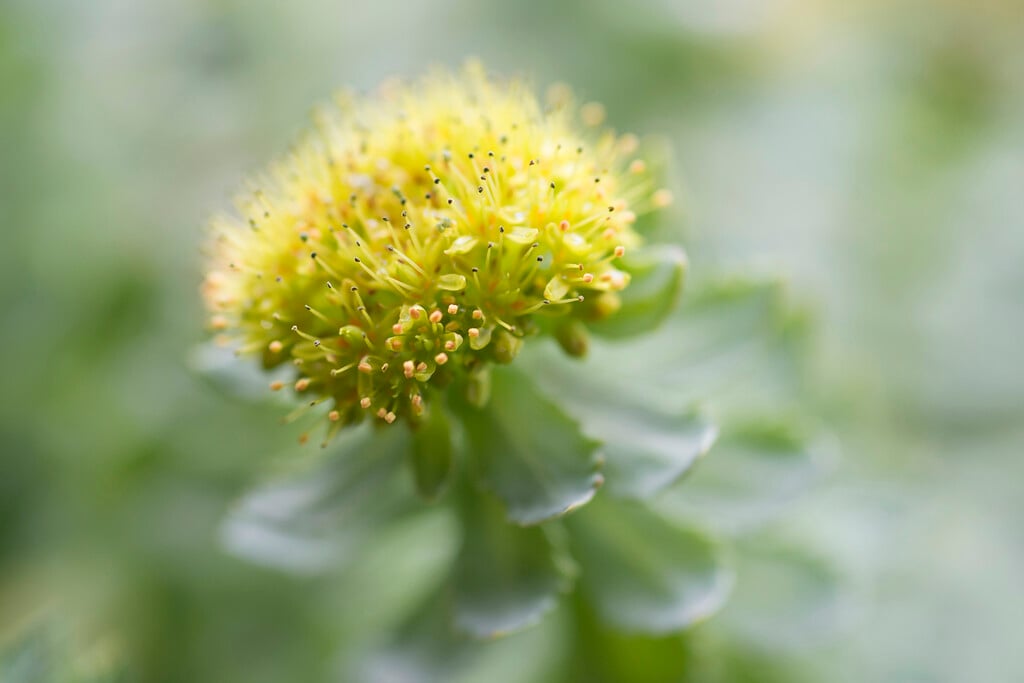Rhodiola rosea
roseroot
A clump-forming rhizomatous perennial with purple stems and lance-shaped, fleshy grey-green, toothed leaves 4cm long, with a red-tinted tips. In summer, the small yellow star-shaped flowers open from slightly pink buds and are borne in dense terminal corymb-like heads. Male and female flowers are produced on different plants.
Size
Ultimate height
0.1–0.5 metresTime to ultimate height
1–2 yearsUltimate spread
0.1–0.5 metresGrowing conditions
Moisture
Well–drainedpH
Acid, Alkaline, NeutralColour & scent
| Stem | Flower | Foliage | Fruit | |
| Spring | Green Grey | |||
|---|---|---|---|---|
| Summer | Yellow Pink | Green Grey | ||
| Autumn | Green Grey | |||
| Winter |
Position
- Full sun
Aspect
South–facing or West–facing
Exposure
Exposed or ShelteredDrought resistance
Yes Hardiness
H6Botanical details
- Family
- Crassulaceae
- Native to GB / Ireland
- Yes
- Foliage
- Deciduous
- Habit
- Clump forming
- Genus
A genus of flowering perennials, mainly propagated as ground cover with tall, fleshy stems and yellow-green flowers, sometimes tinged with red
- Name status
Correct
- Plant range
- Europe, Asia, North America
How to grow
Cultivation
Grow in moderately fertile, well drained soil in full sun. a drought tolerant plant suitable for rockeries and the front of borders
Propagation
Propagate by seed in containers in a cold frame or by division in spring or early summer
Suggested planting locations and garden types
- Cottage and informal garden
- Gravel garden
- Mediterranean climate plants
- Rock garden
- Low Maintenance
- Flower borders and beds
Pruning
Cut back after flowering or leave seedheads over winter
Pests
May be susceptible to aphids
Diseases
Generally disease-free
Love gardening
Sign up to receive regular gardening tips, inspiration, offers and more
View our Privacy Policy
Get involved
The Royal Horticultural Society is the UK’s leading gardening charity. We aim to enrich everyone’s life through plants, and make the UK a greener and more beautiful place.

